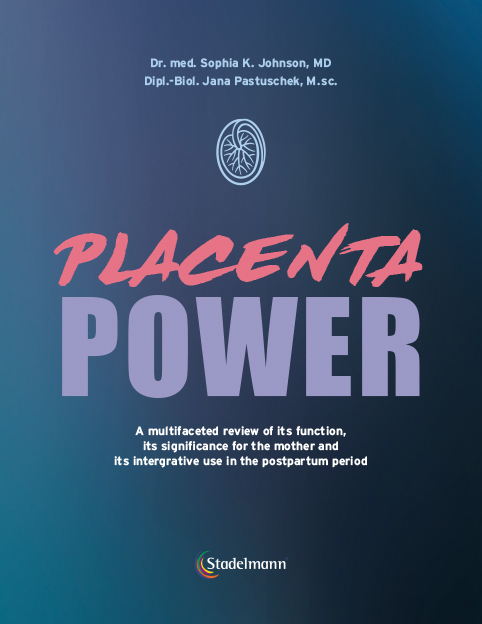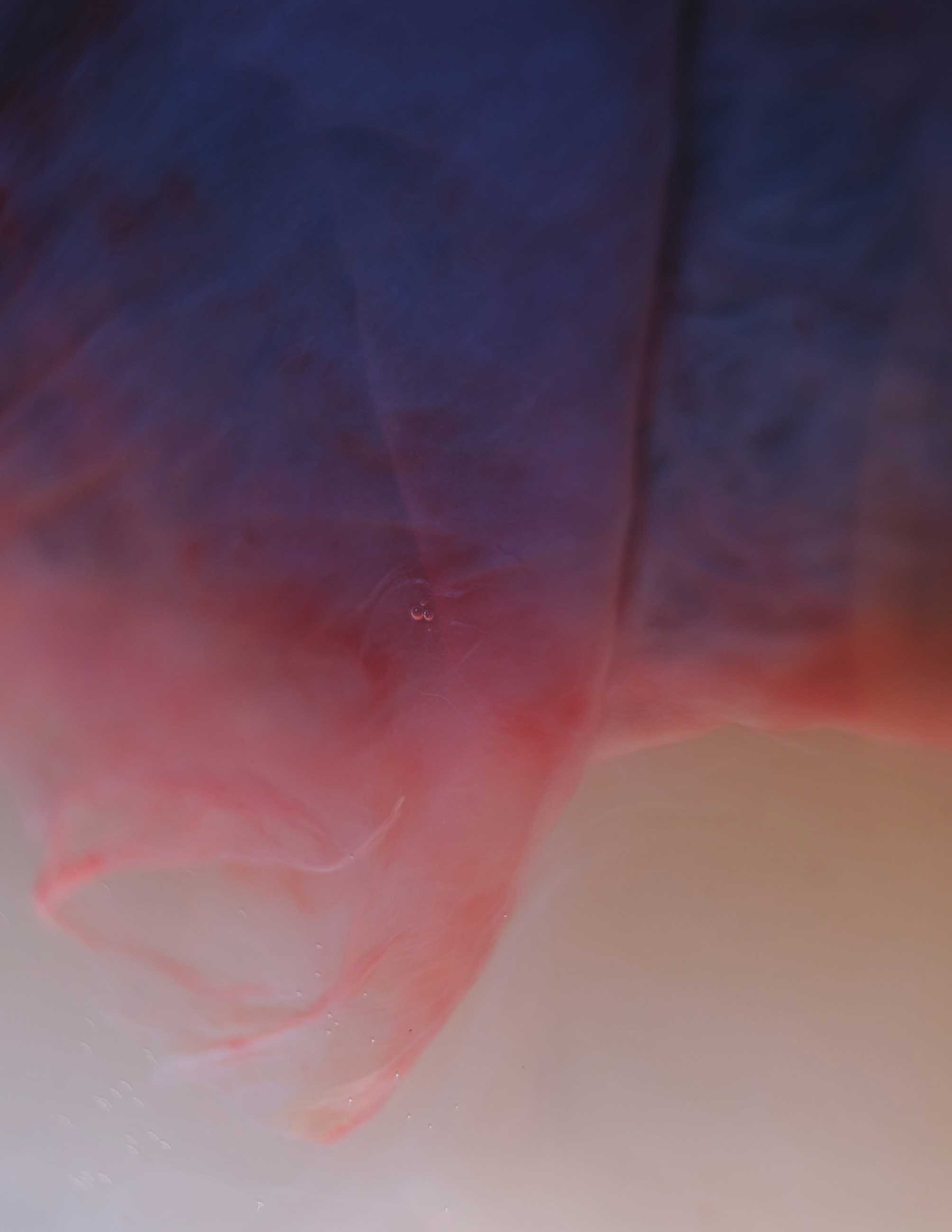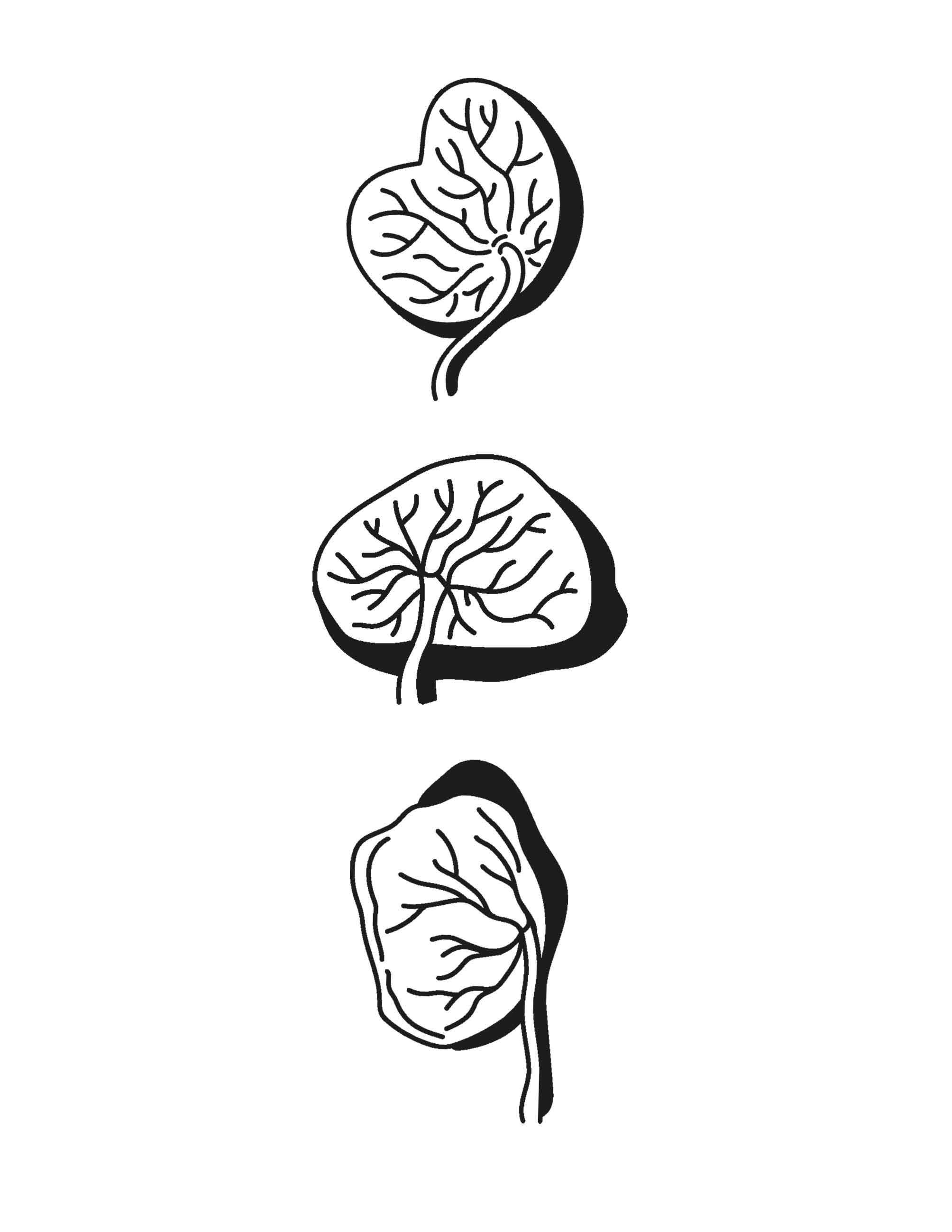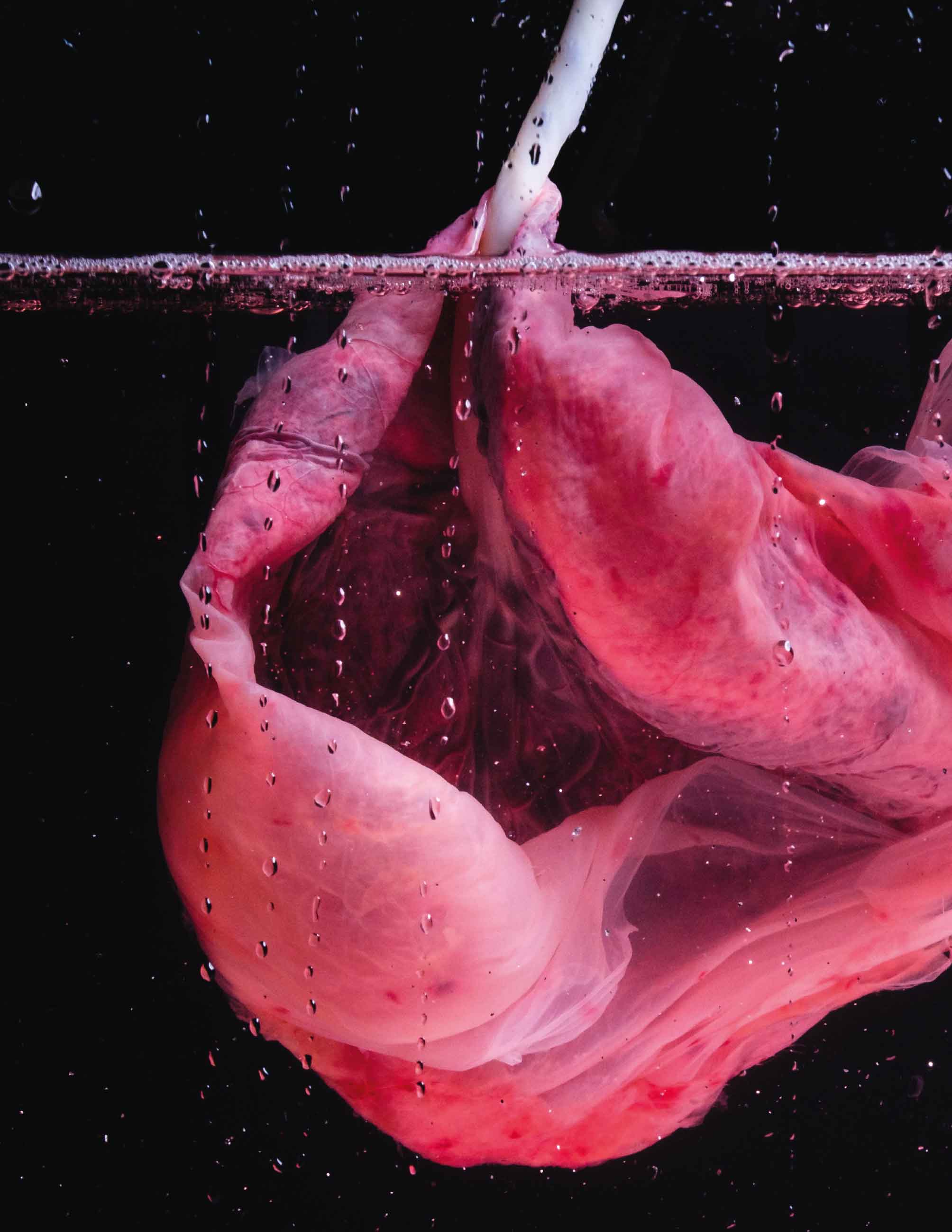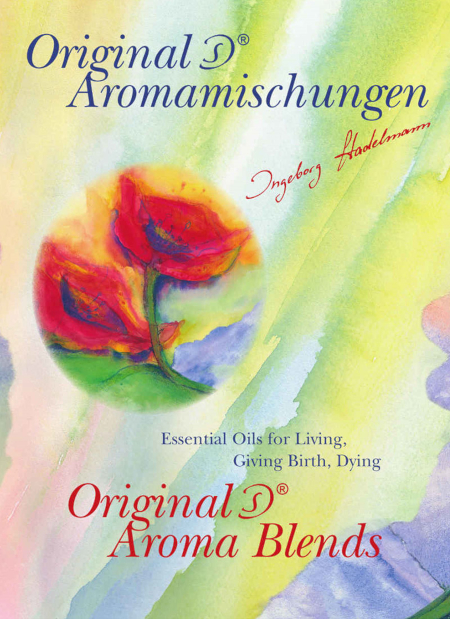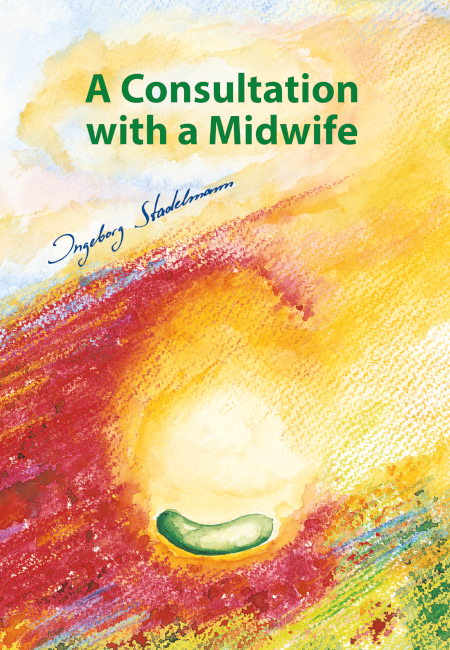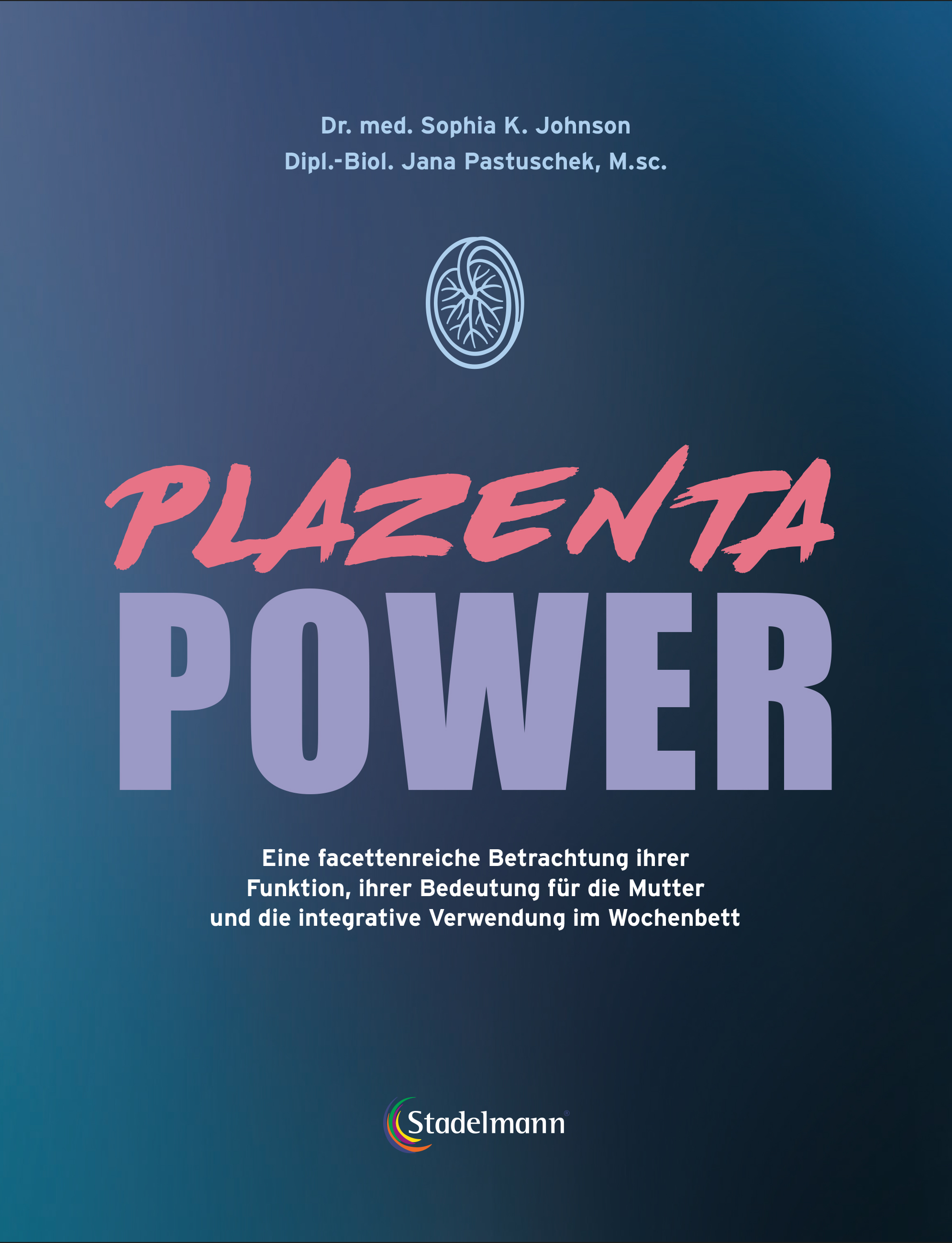Dr. med. Sophia Johnson, Jana Pastuschek
Everything about the miracle organ: function during pregnancy, importance for the mother and integrative use as a remedy
The placenta is a true “all-rounder”: it does amazing things for the child and mother during pregnancy. After birth it is used in many ways, including as a postnatal remedy.
In this book, the authors present the latest research results. They introduce the placenta universe in an entertaining and understandable way and name medical, historical and curious facts. They address the topic of placentophagy (placenta consumption) in detail and provide practical tips and recipe suggestions from placenta capsules to smoothies. From a medical-scientific perspective, this presentation is supplemented by reports from women who have used their placenta as a medicine.
Sample (910 KB)
Table of contents
Placenta Power
Everything about the miracle organ: function during pregnancy, importance for the mother and integrative use as a remedy
The placenta is a true “all-rounder”: it does amazing things for the child and mother during pregnancy. After birth it is used in many ways, including as a postnatal remedy.
- But how exactly does the placenta work?
- How does she care for and protect the child in the womb?
- And can it help with maternal mood swings or milk production problems after birth?
In this book, the authors present the latest research results. They introduce the placenta universe in an entertaining and understandable way and name medical, historical and curious facts. They address the topic of placentophagy (placenta consumption) in detail and provide practical tips and recipe suggestions from placenta capsules to smoothies. From a medical-scientific perspective, this presentation is supplemented by reports from women who have used their placenta as a medicine.
Sample (910 KB)
Table of contents
versandkostenfrei direkt per Telefon:
0 83 70 - 17 77 oder per E-Mail ab Verlag:
bestellung@stadelmann-verlag.de
0 83 70 - 17 77 oder per E-Mail ab Verlag:
bestellung@stadelmann-verlag.de
Available also on all standard ebook plattforms e.g.
Amazon.de
Amazon.com
Apple books
Barnes and Noble
Kobo
Storytel
The book
Information for making your own, informed decision
When women consider whether they want to use their own placenta during the postpartum period, they do not always receive technically correct information.In this book Sophia Johnson and Jana Pastuschek provide easy-to-understand information about the placenta and its potential as a postpartum remedy by collecting and discussing information. They supplement these with the results of their own research so that every woman can make her own, informed decision.
The authors thus draw attention to women in the postpartum period,
but also on the female perspective in science and empirical medicine, which has long recognized the benefits of the placenta. Even if it is sometimes a social taboo to process one's own placenta, every woman is allowed to decide about her placenta!The authors
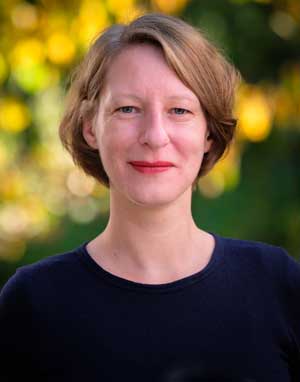
Jana Pastuschek
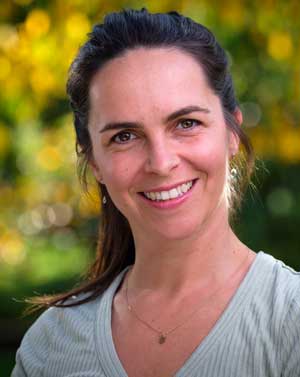
Dr. med. Sophia Johnson
Dr. med. Sophia Johnson
Sophia Johnson studied human medicine at the University of Witten/Herdecke with study visits and internships in Tanzania, Russia, USA, Scotland, Austria and Italy. During her studies, she expanded her training and took part in the university curriculum for Chinese medicine and anthroposophic medicine. This was followed at short intervals by the birth of three children. She used the time in between for scientific work and a doctorate at the Placenta Laboratory at Jena University Hospital, training in classical homeopathy and various clinical rotations for specialist training.Sophia Johnson lives with her family in Weimar and works there, specialising in integrative general medicine.
Jana Pastuschek
Jana Pastuschek studied biology with a focus on microbiology, botany, genetics and anthropology at the Friedrich Schiller University in Jena, supplemented by a study visit of several months on the prehistory and early history of humans in Siena, Italy. She later expanded her knowledge with a Master of Science in “Molecular Medicine” at the Friedrich Schiller University in Jena. After several years of scientific work at the Max Planck Institute for Chemical Ecology and the Institute for Forensic Medicine, both based in Jena, she has now been conducting research in the placenta laboratory of the Clinic for Obstetric Medicine at the University Hospital Jena for over twelve years.Instagram: www.instagram.com/placenta.universe
The Instagram account https://www.instagram.com/placenta.universe/ is maintained by the authors of the book, Dr. Sophia Johnson and Jana Pastuschek.
Videos
Dr. Sophia Johnson about the book (©Trevor Johnson)
Video about the research project on placenta-remedies during the post partum perios.
For the English translation, please turn on the English subtitle.
Video about the research project on placenta-remedies during the post partum perios.
For the English translation, please turn on the English subtitle.
Placenta photography
A new look at the placenta
The photographs inside the book by Trevor Johnson and Manuel Nagel take a new and aesthetic look at the placenta. They approach it visually, sometimes in soft, deep tones, sometimes in pastel nuances, like a tentative introduction. They arouse curiosity to look closer and longer at this unknown organ. Some sections look like landscapes, others like delicate fabrics that float in front of the eye in flowing movement or are reminiscent of dance scenes. In the end, we are left with a reverent impression and the question of why we didn't take a closer look at this miraculous organ much earlier.You may order prints of the photos
»The photos of the placenta in the book approaches the placenta with an aesthetic approach
and takes a look at an organ that we have never dared to look at before. The images develop, like a careful introduction. We see vague excerpts in soft, dark colors, some of which are reminiscent of landscapes. Bit by bit we discover more details in the motifs and get an increasingly precise picture. Until we end up with the complete representation of the placenta, which floats delicately and gracefully in front of the eye, as if we were looking at a dance scene. The pictures radiate intimacy and peace and so you dare to look for a moment longer and quickly notice that you are very curious to take a closer look at this unknown structure. In the end, we are not only left with a reverent impression, because we have encountered the origin of life, but also with the big question of why we didn't take a closer look at it much earlier.«Nis Namdar

Scientific publications by the authors on the topic
Impact of tissue processing on microbiological colonization in the context of placentophagy
To the publication
To the publication
In Hebammenforum 11/2022
Über den Tellerrand geblickt: Plazenta als Heilmittel
To the publication (101 KB)
Wunderorgan auf Zeit
To the publication (394 KB)
Über den Tellerrand geblickt: Plazenta als Heilmittel
To the publication (101 KB)
Wunderorgan auf Zeit
To the publication (394 KB)
Preprint of the German edition in Obstetrica 07/23
Page 12f
Page 12f
Survey on the use of placenta
The Plazenta Lab in Jena starteted an online Survey to get information about the use of placenta remedies from Midwifes. It would be great if many midwifes would help them to get more insight into the use of placenta remedies. The survey contains 36 questions - it takes 3-5 Minutes to fill it out.
Survey in english
Survey in english
Press
The book “Plazenta Power” is an entertaining book to read with surprising laboratory results on placentophagy research. It has 183 pages, beautiful pictures and plenty of tables and background information. The texts are easy to understand for laypeople and experts alike because the authors are experts in the field.«
Cornelia Enning, September 2023, author of "Heilmittel aus Plazenta" (Remedies of the placenta)
Komplette Rezension lesen (828 KB)
Cornelia Enning, September 2023, author of "Heilmittel aus Plazenta" (Remedies of the placenta)
Komplette Rezension lesen (828 KB)
Curious stories, photos reminiscent of foreign galaxies, recipes, tables, experience reports and information boxes enrich the entertainingly written, yet science-based book that should be on every midwife's shelf.«
Johanna Heller in Hebammenforum 12/23
Johanna Heller in Hebammenforum 12/23
Wunderorgan Plazenta: Article about the work of the placenta lab in Jena and Jana Pastuschek in Apotheken Umschau 01/2024
